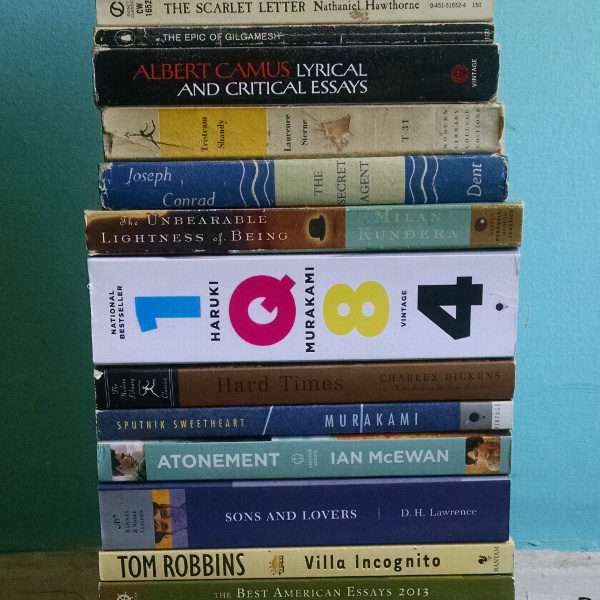Two English professors, one American and one British, join their universities’ annual exchange program to escape disconcerting ruts in their respective countries. Lodge’s west-coast America is torn amidst the uproar of 1960s counterculture, while his small-town industrial Britain is chilly, polite, and exaggeratedly tame. By showing each world from the other country’s POV, Lodge creates a witty and poignant commentary on academic and social life on two continents. The novel itself also takes different forms in each of its six sections (letters, a screenplay, etc.), a cool twist on the relationship between fiction and reality.
Rating

Where I Got It
Bought from a used bookstore in Columbus, Ohio this past summer. I’d been meaning to read this book for literally ten years, after a former coworker recommended David Lodge to me in 2006. WHY OH WHY DIDN’T I LISTEN TO HIM SOONER? I enjoyed this book too damned much to have gone without it for so long.
More
Rules for “Humiliation,” a reading game Lodge invented for the novel















